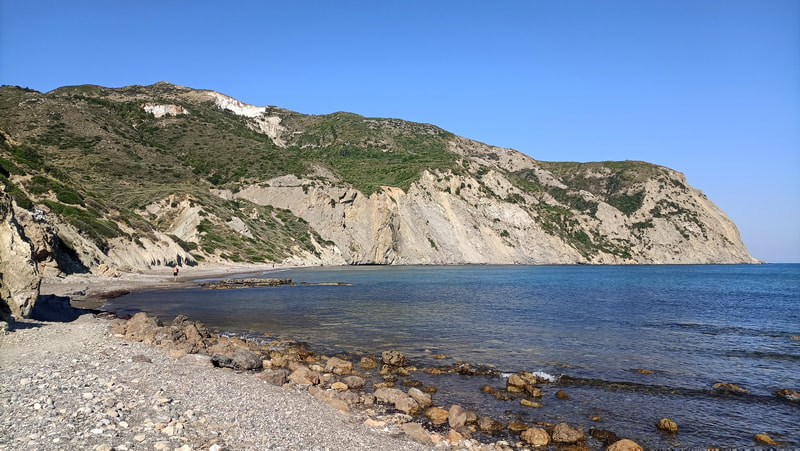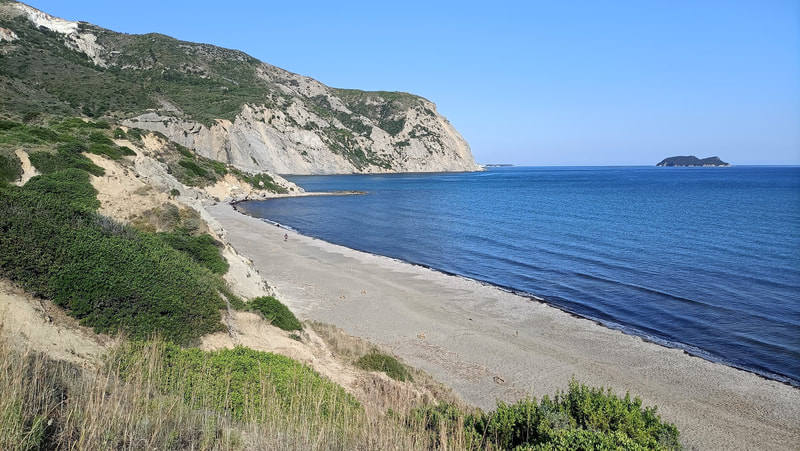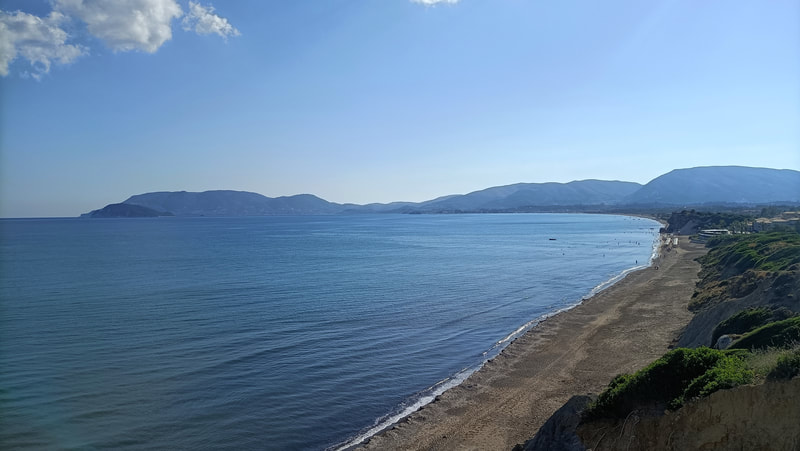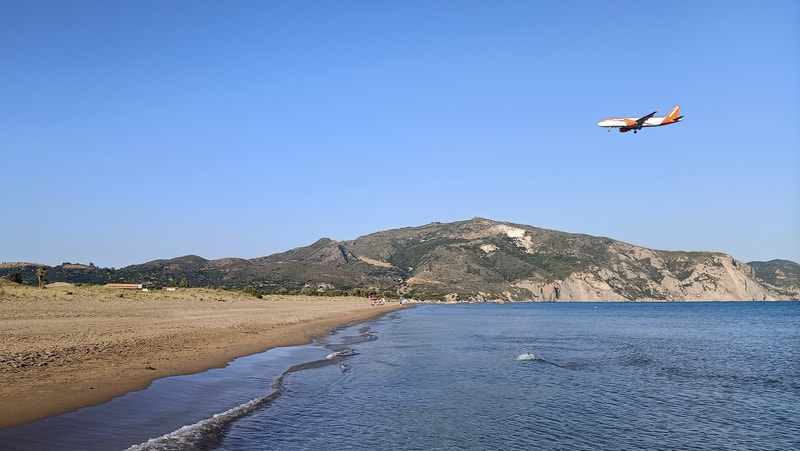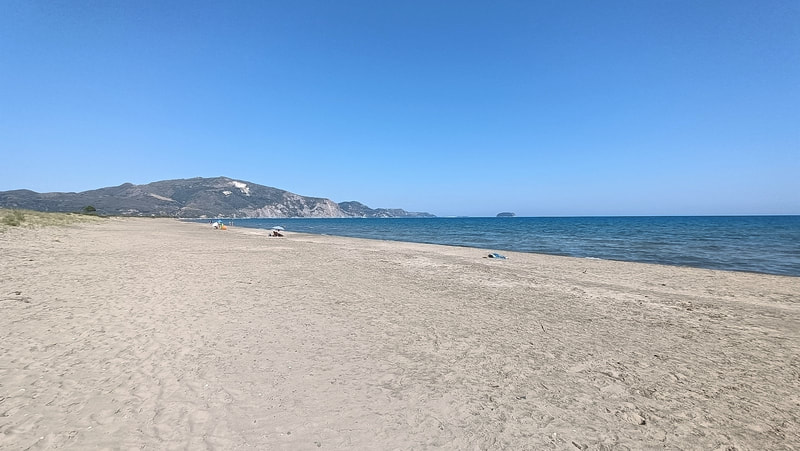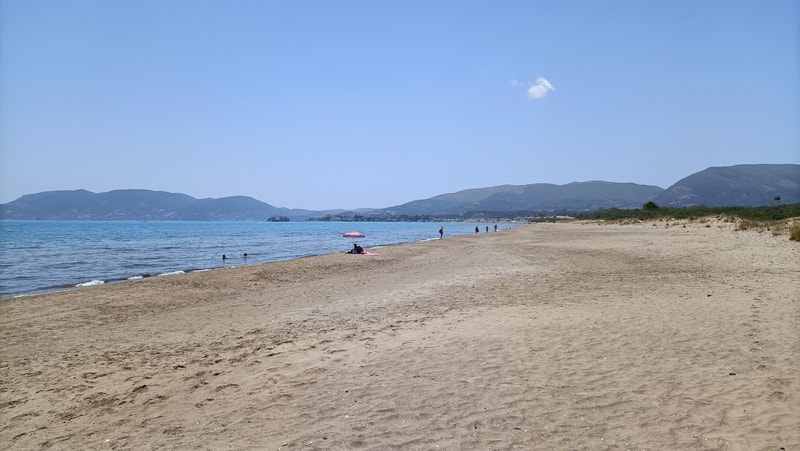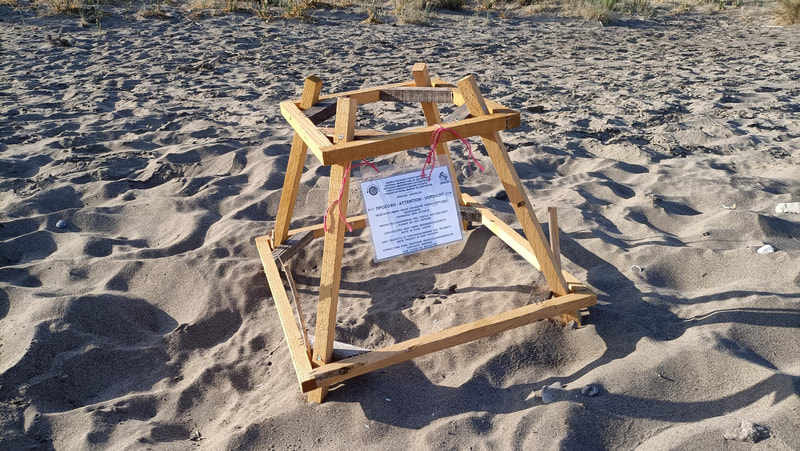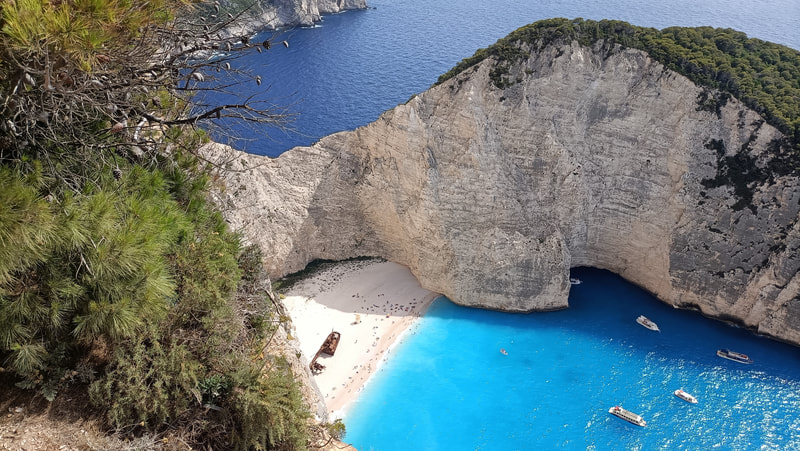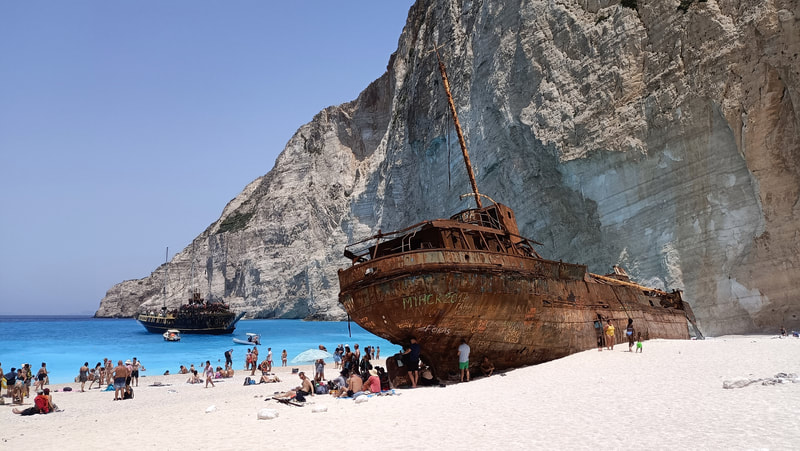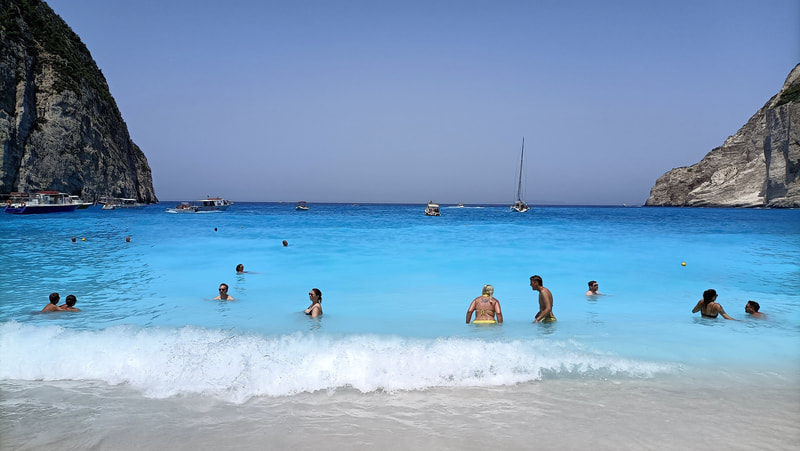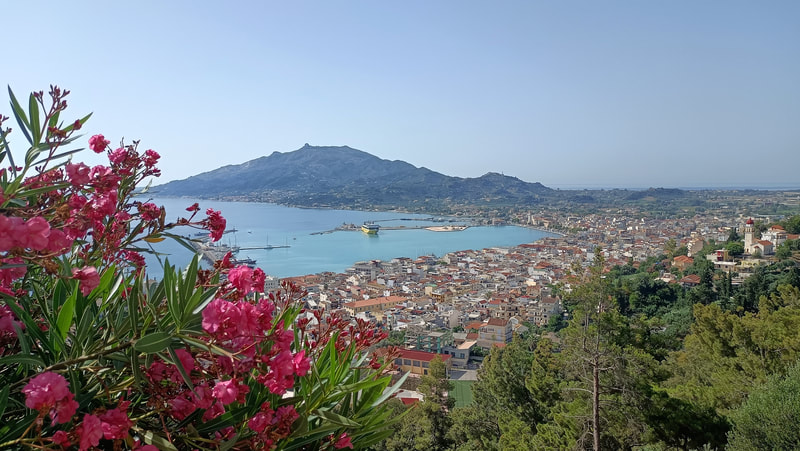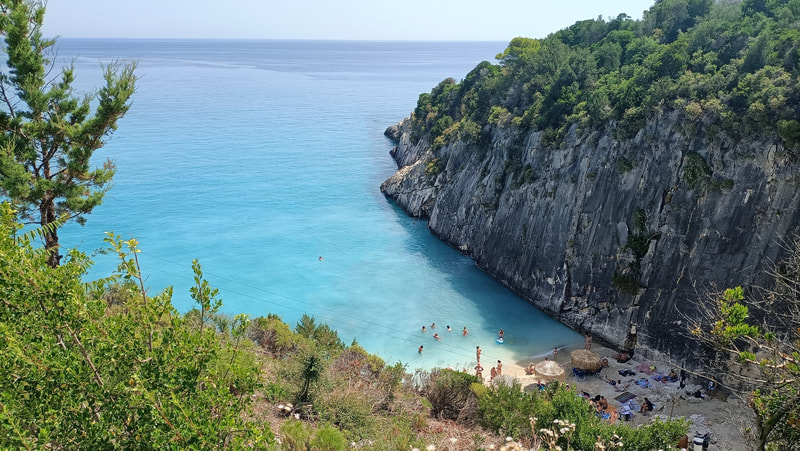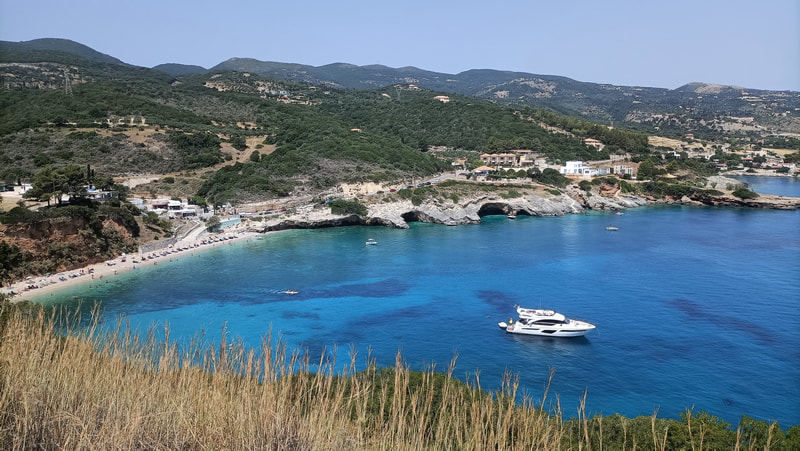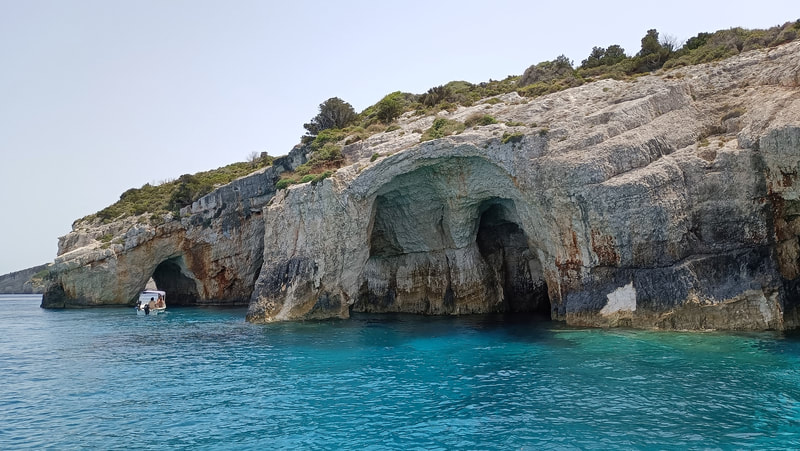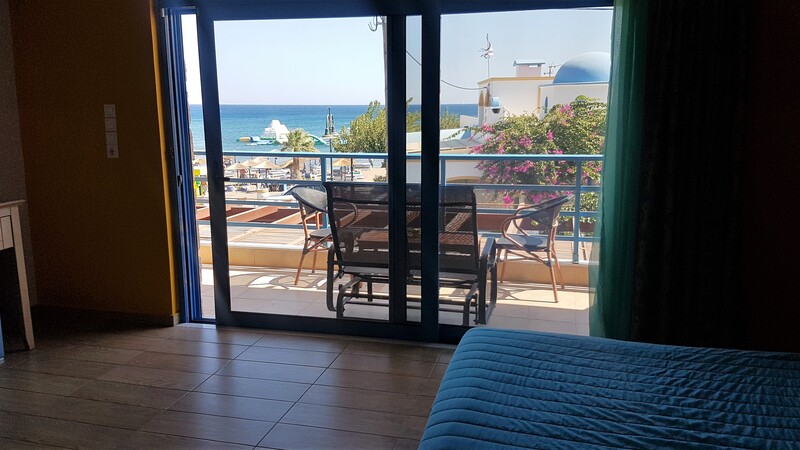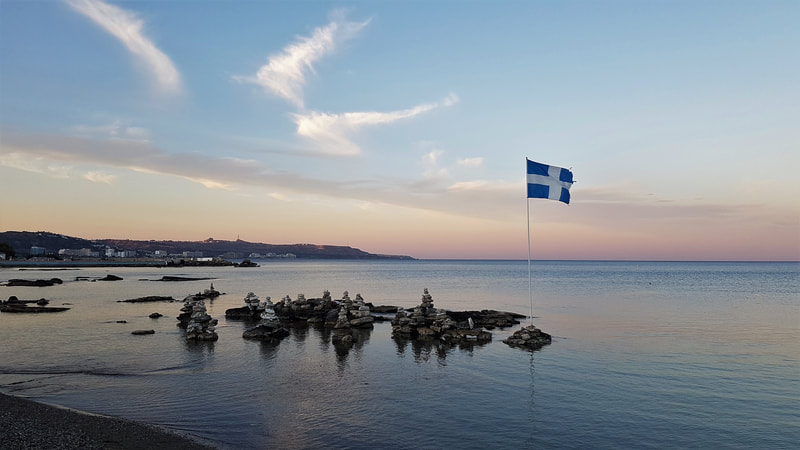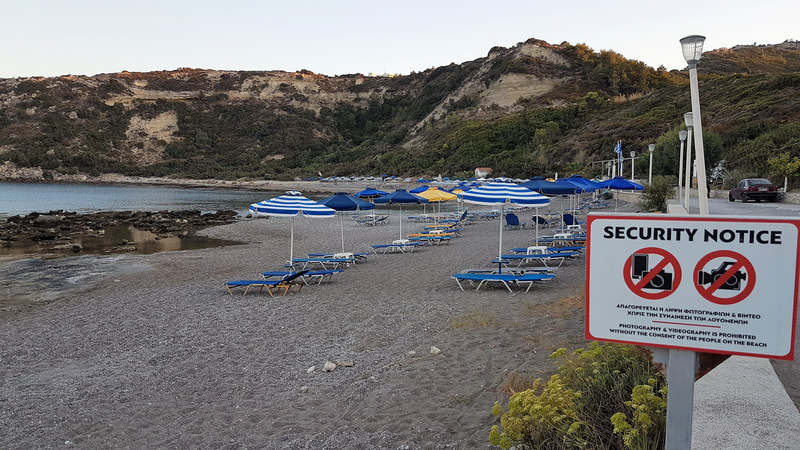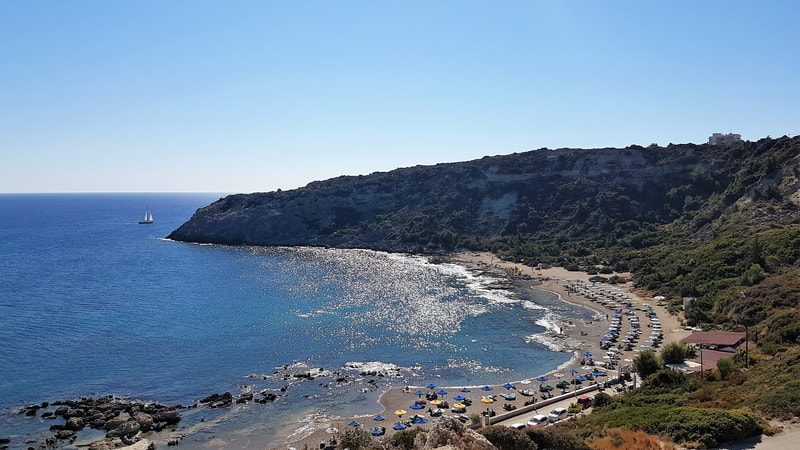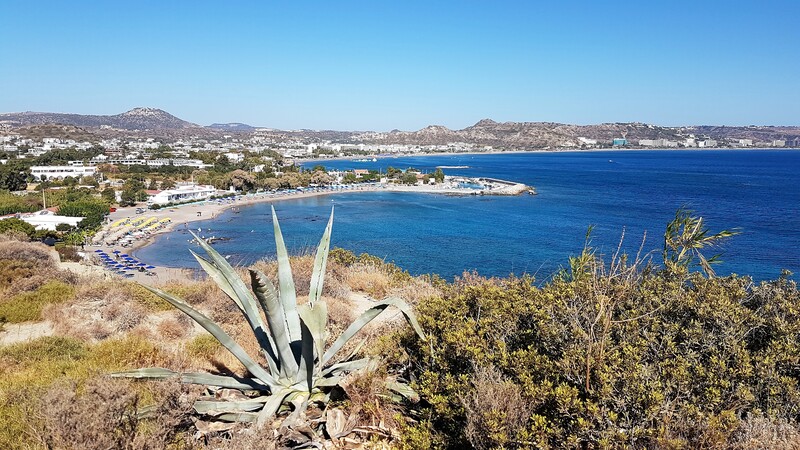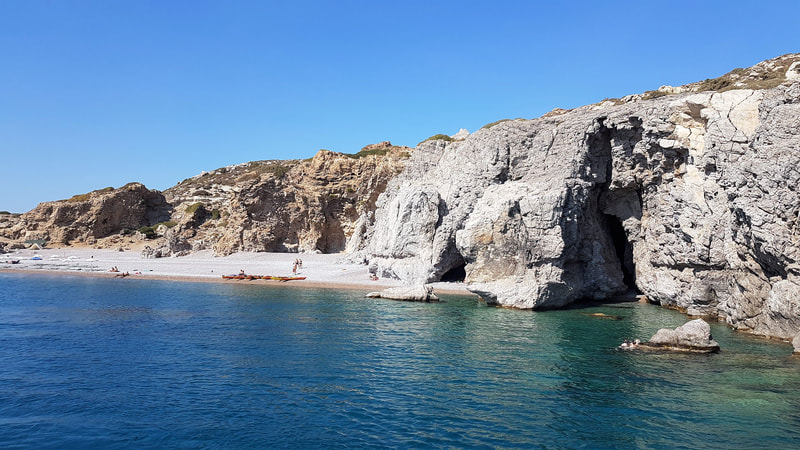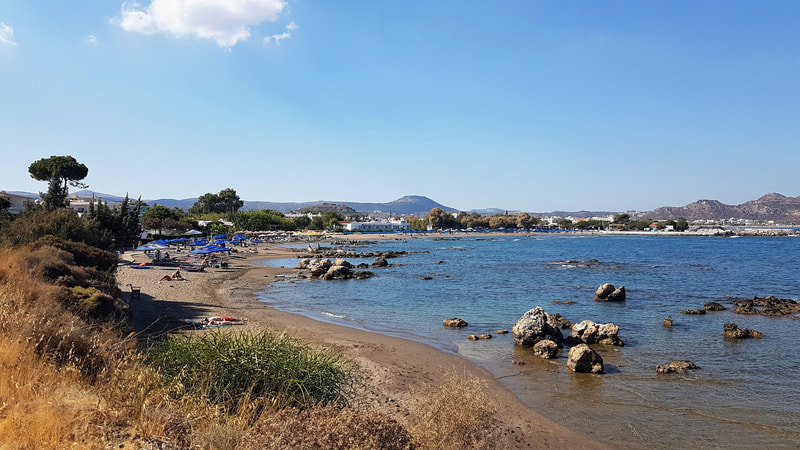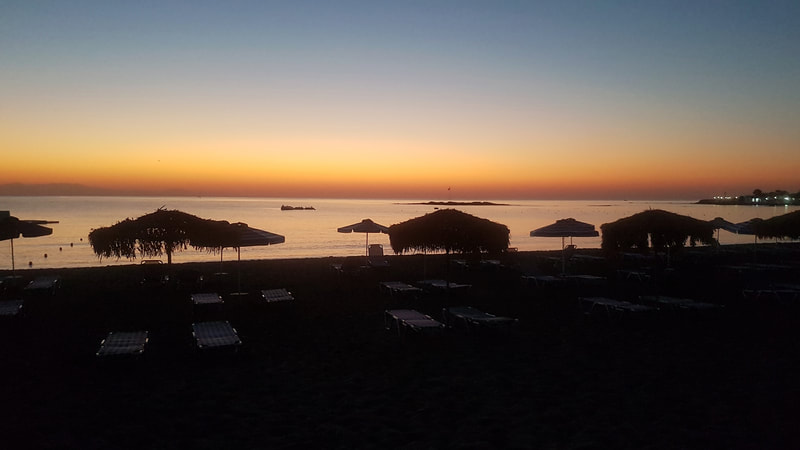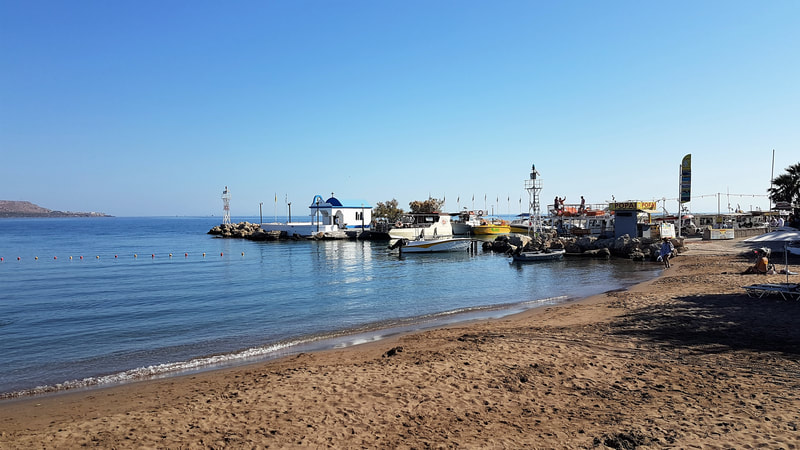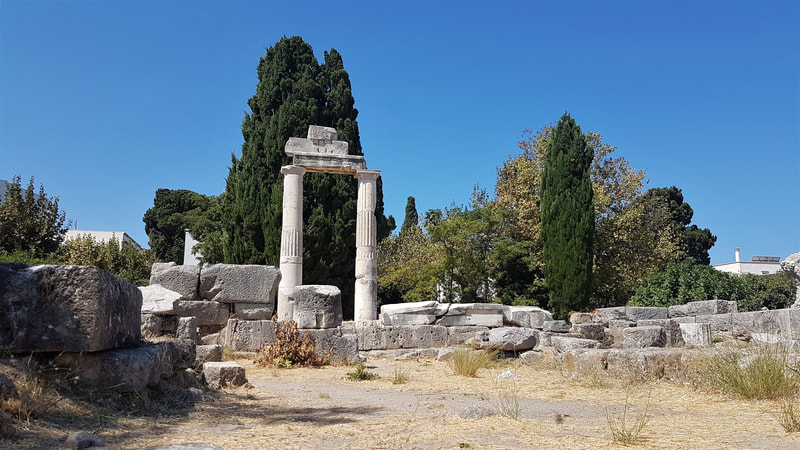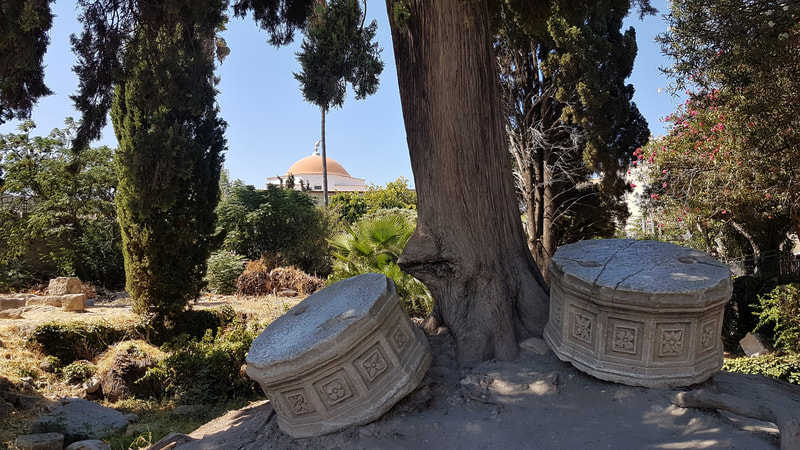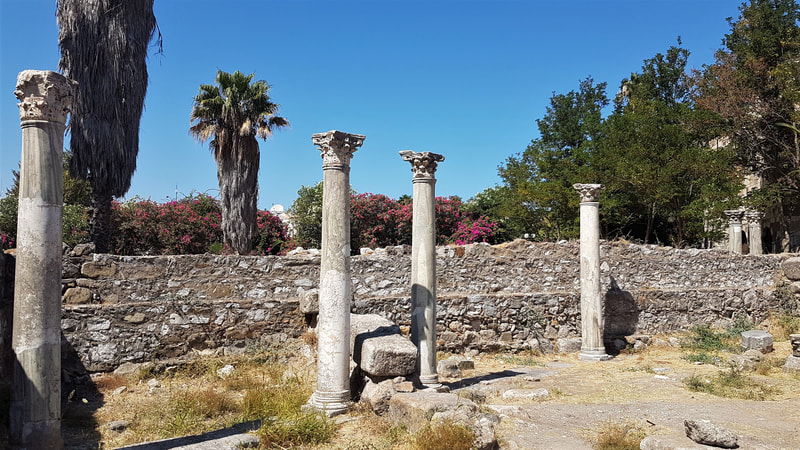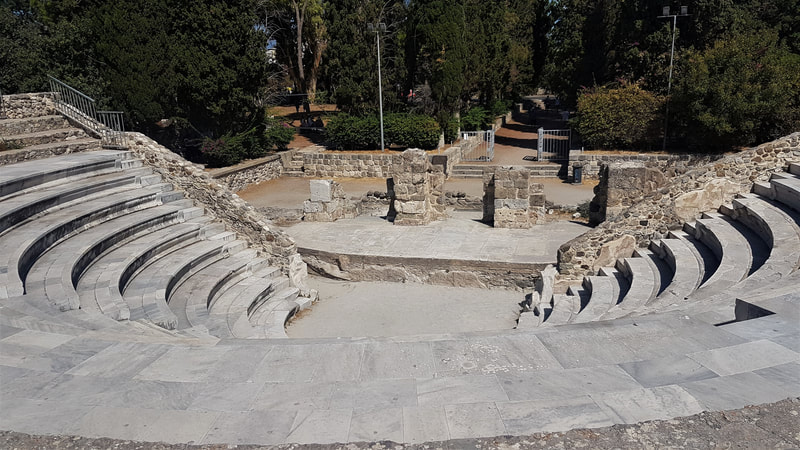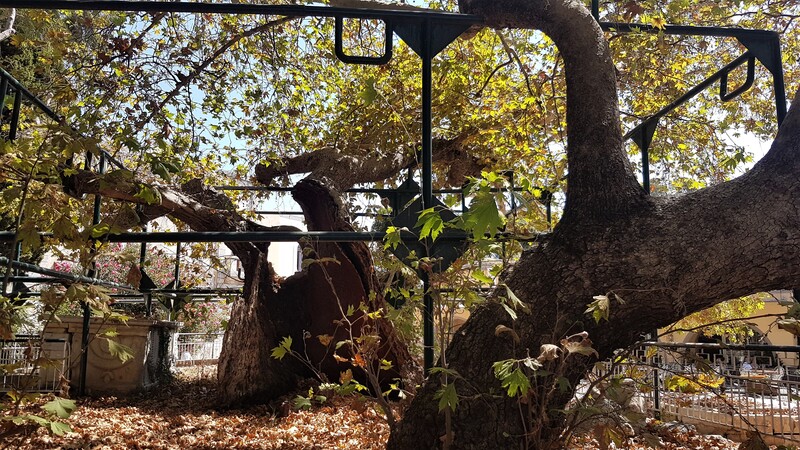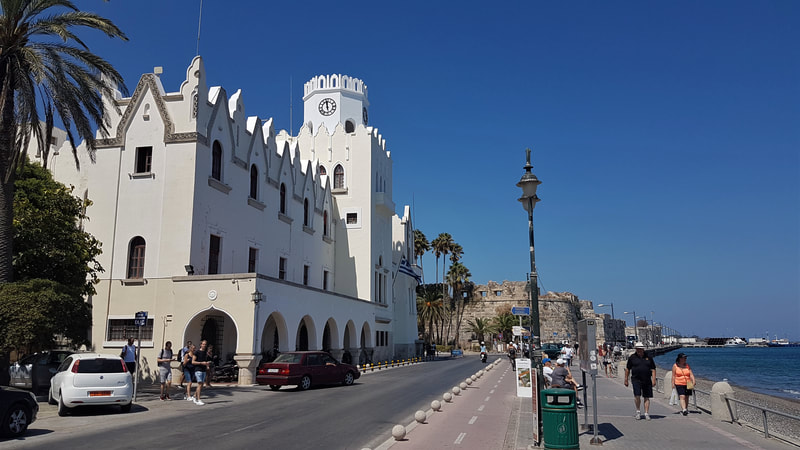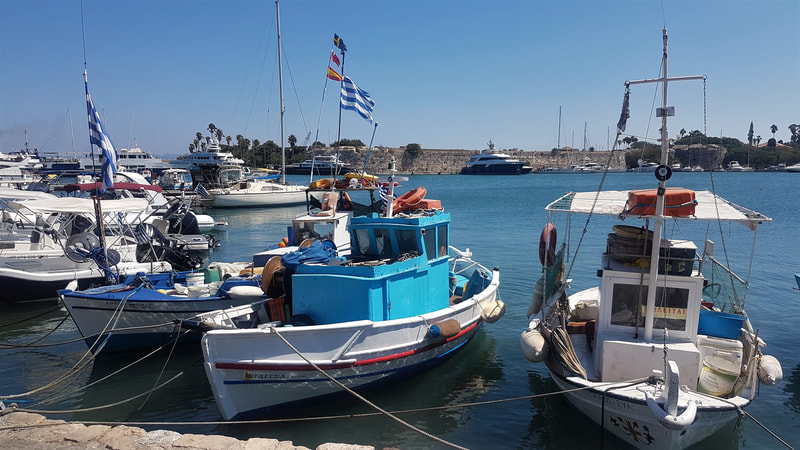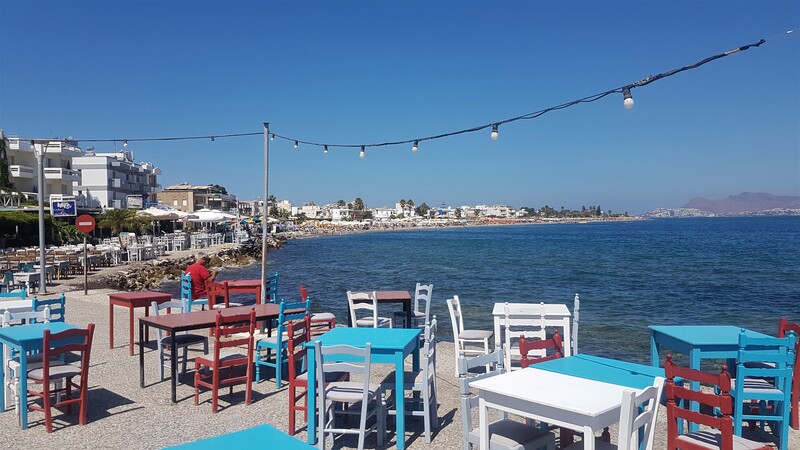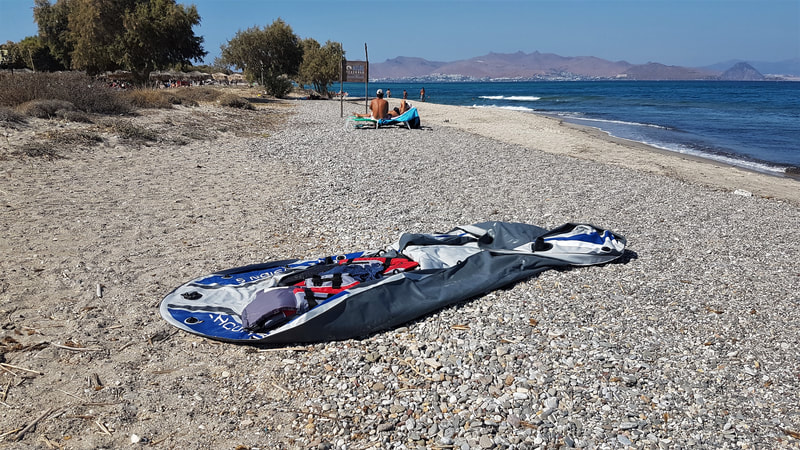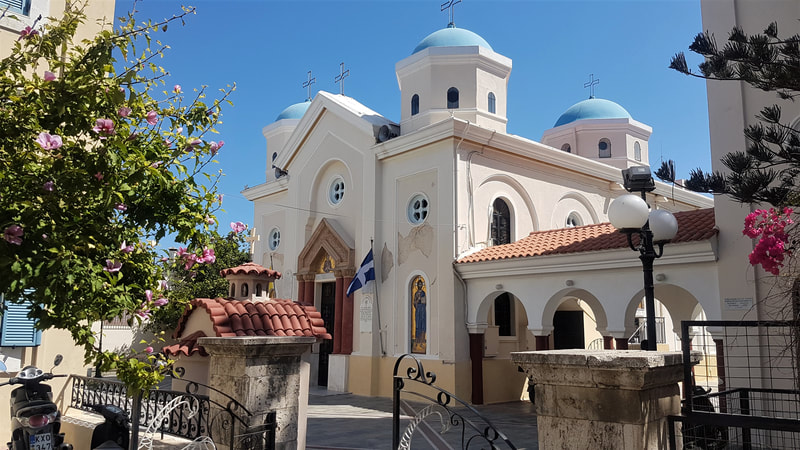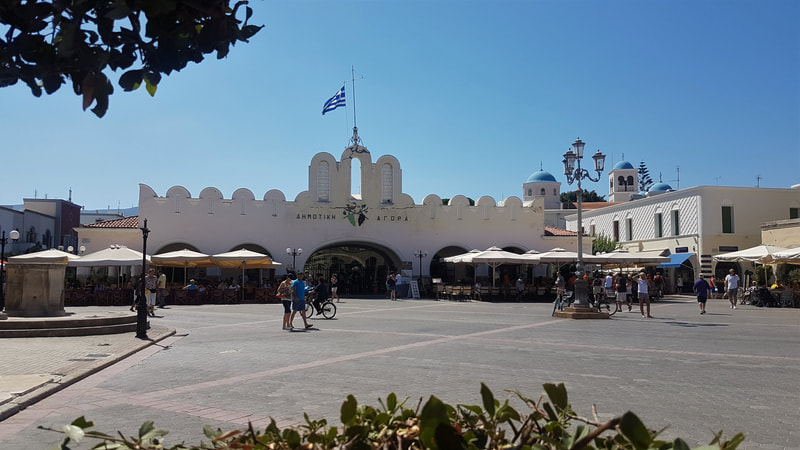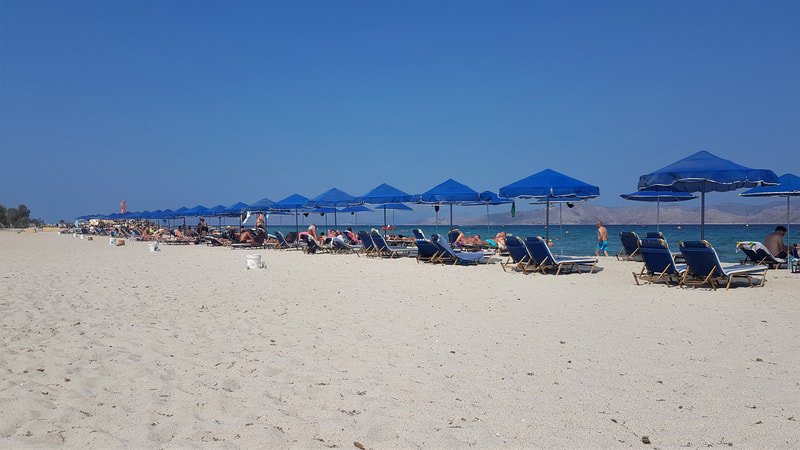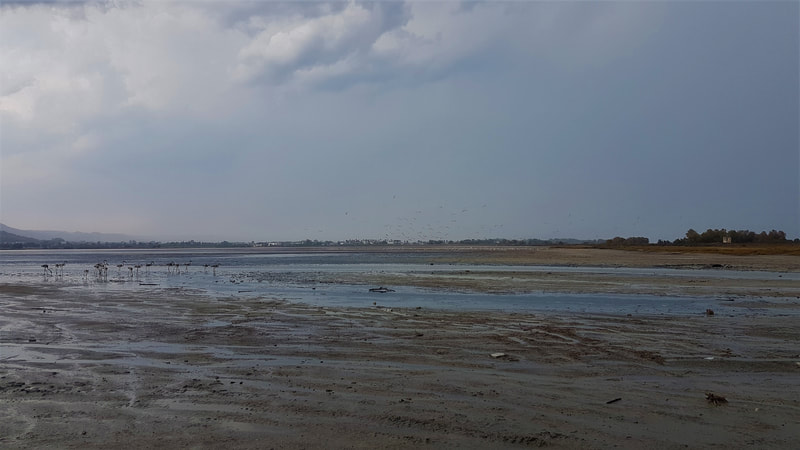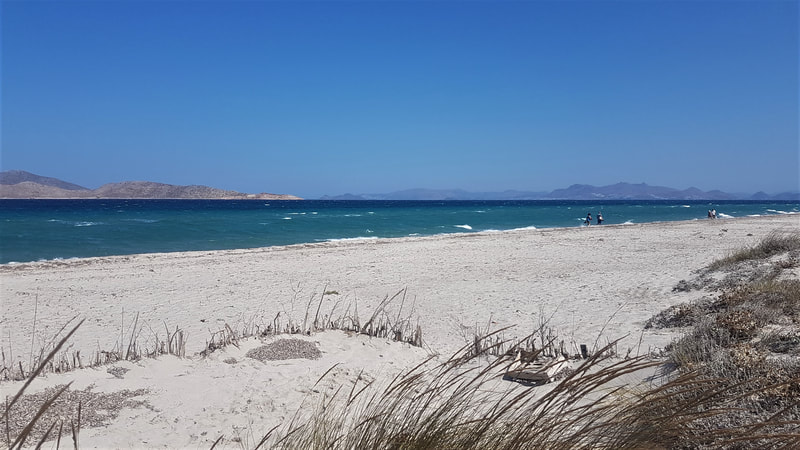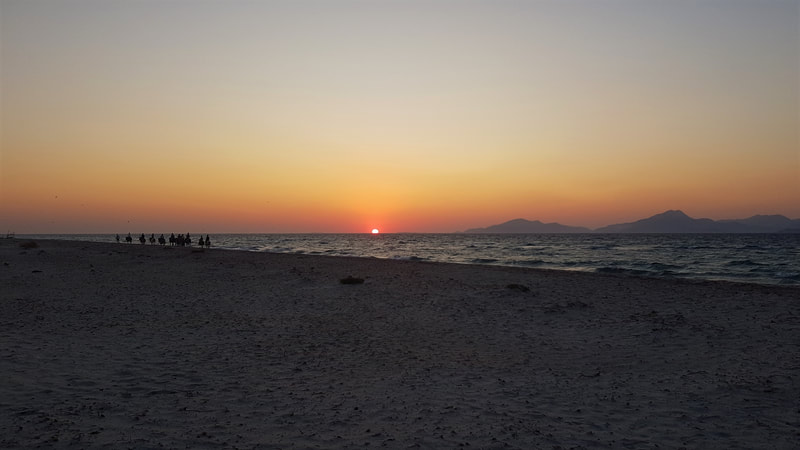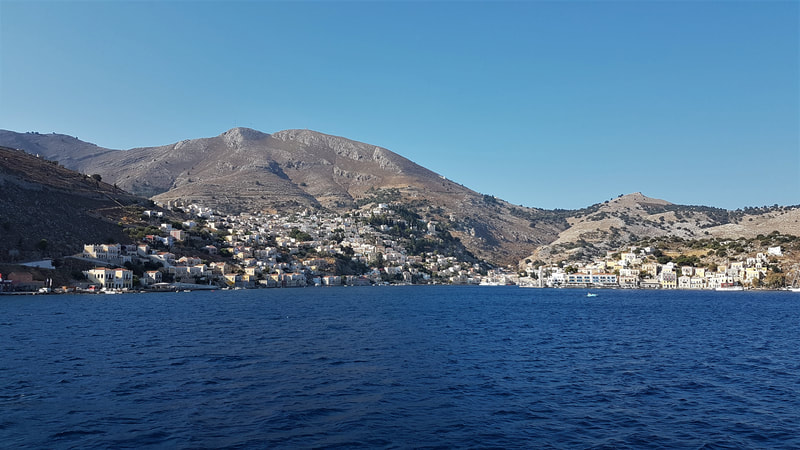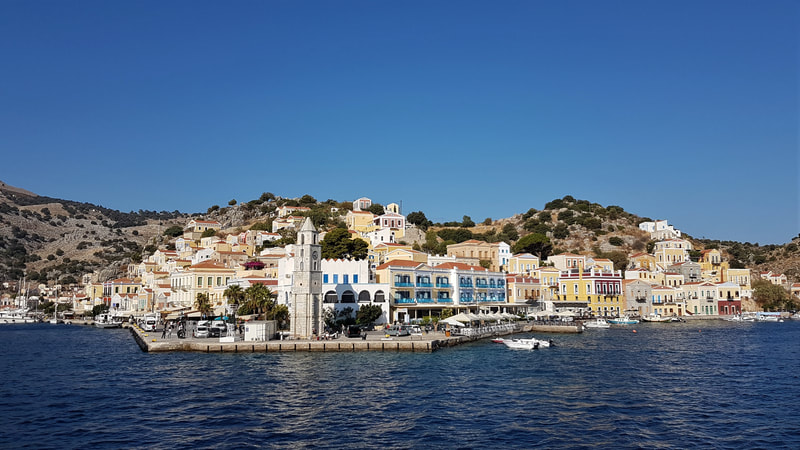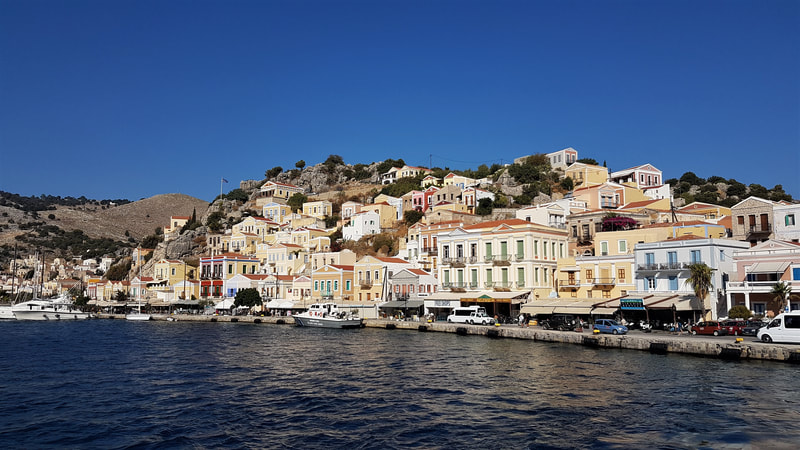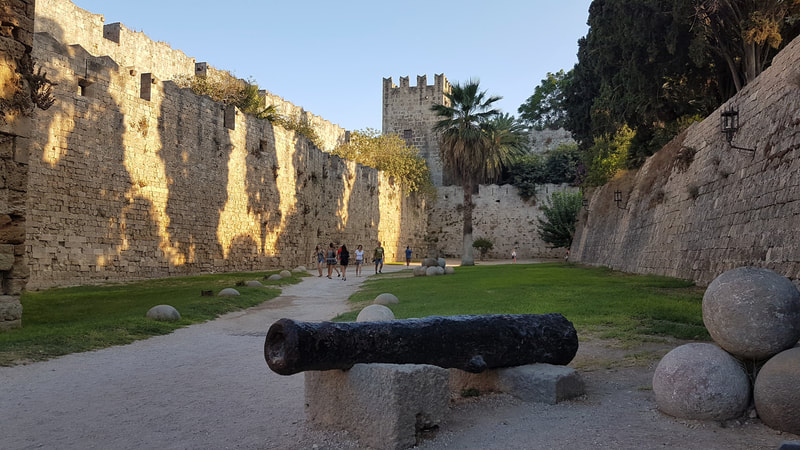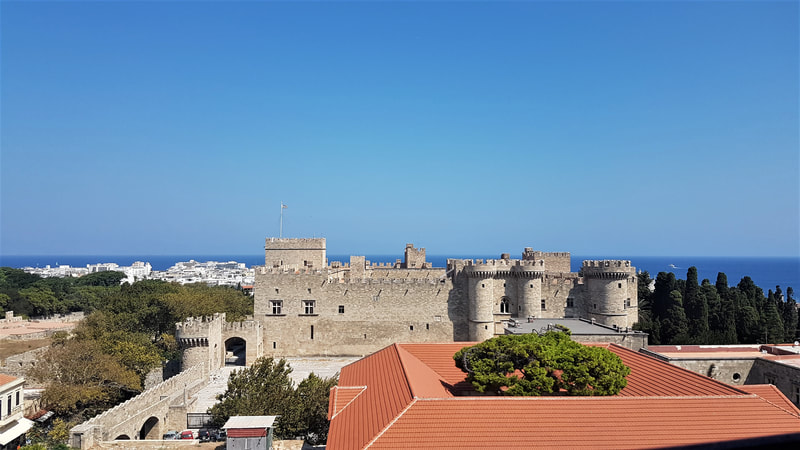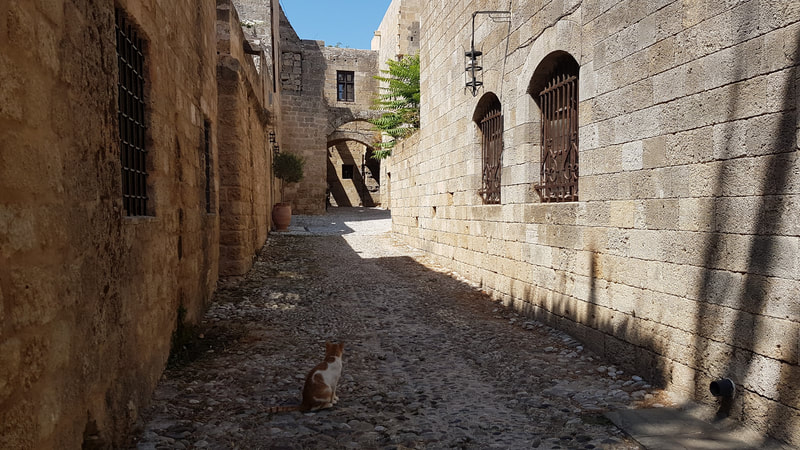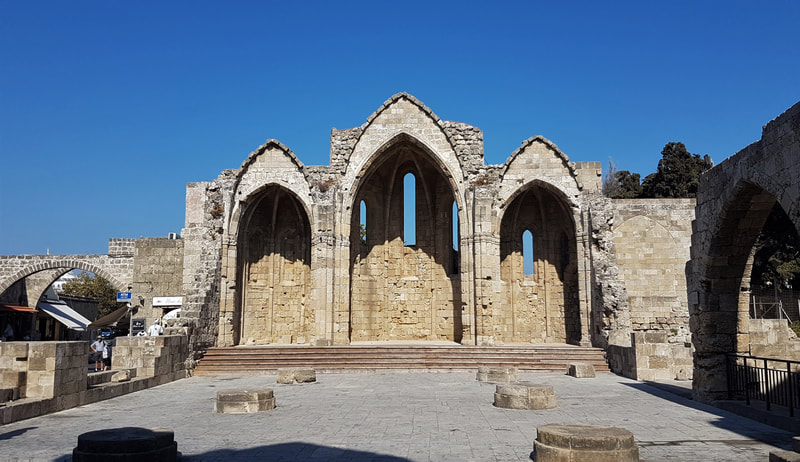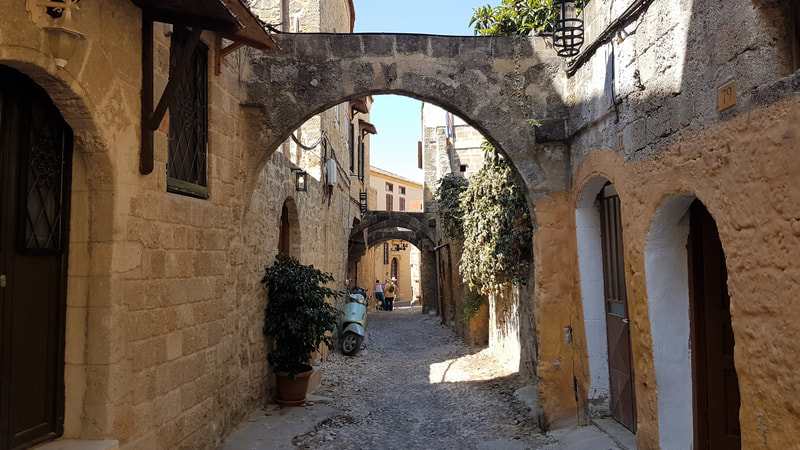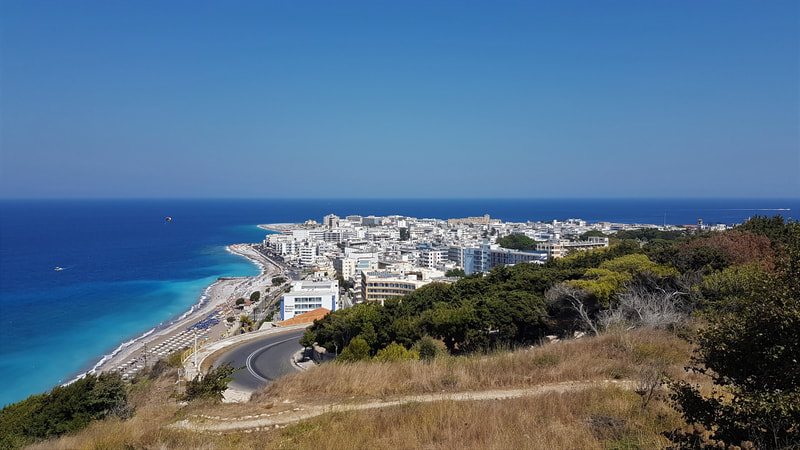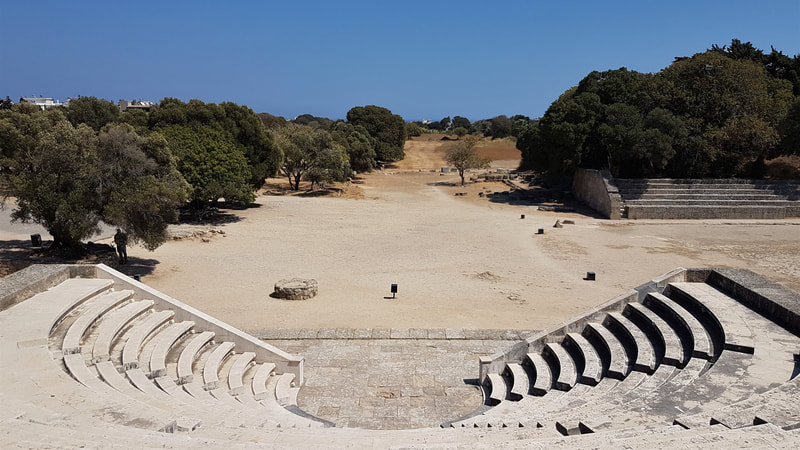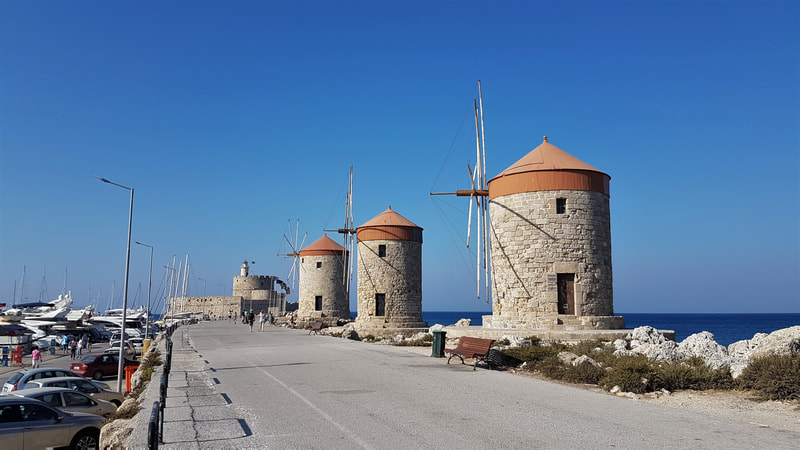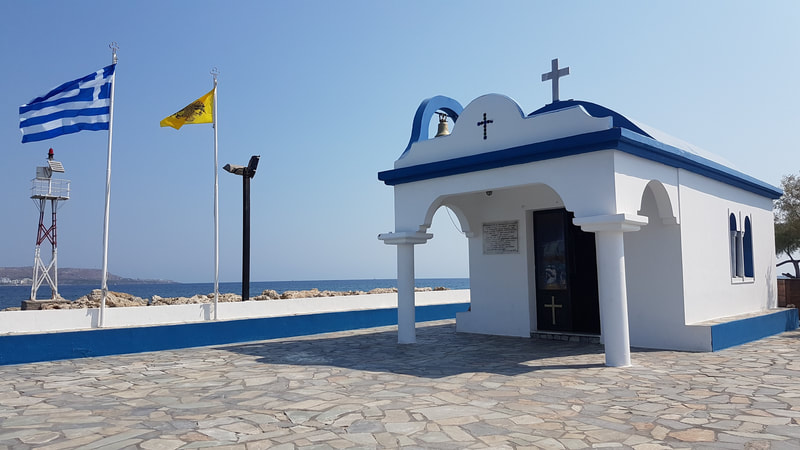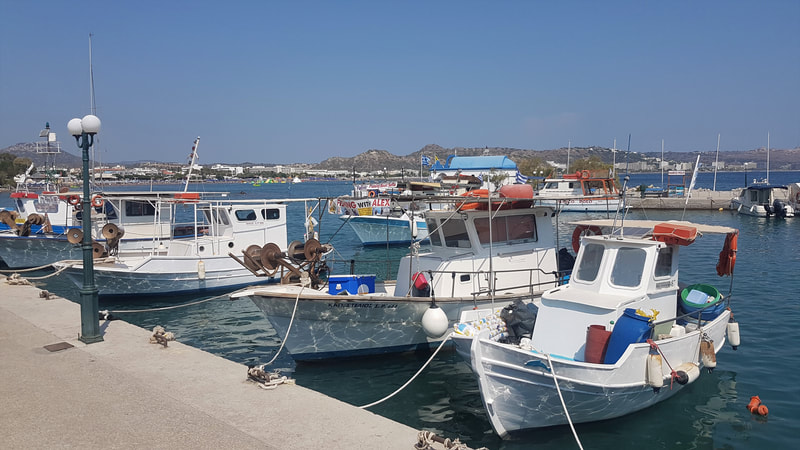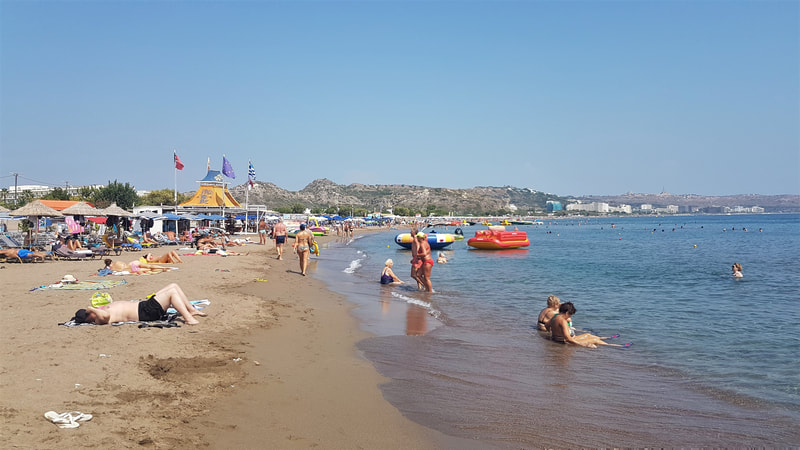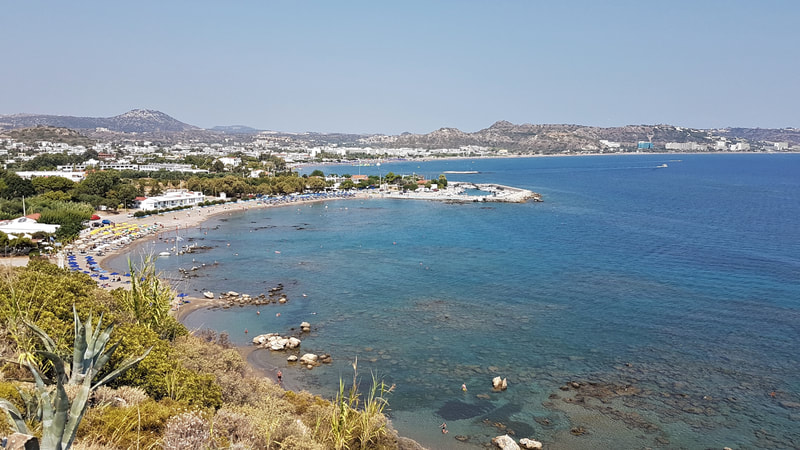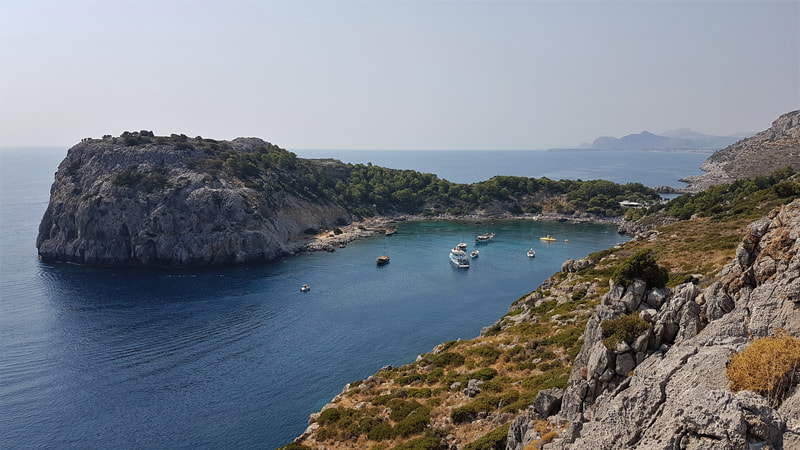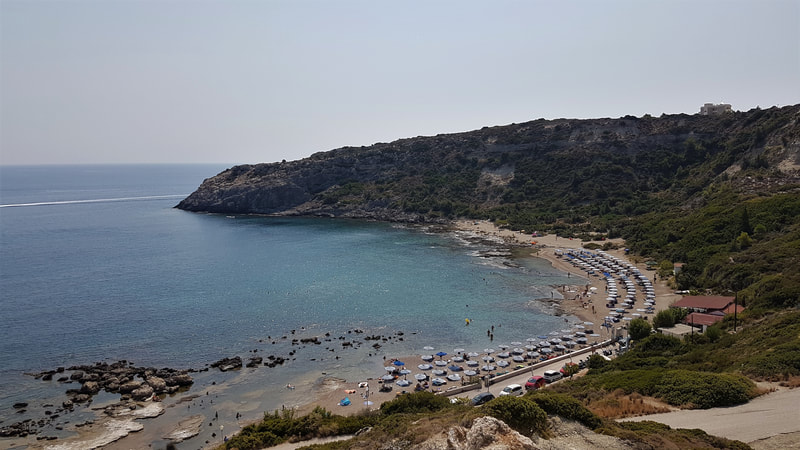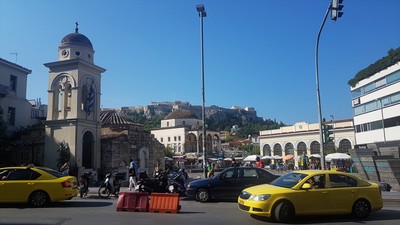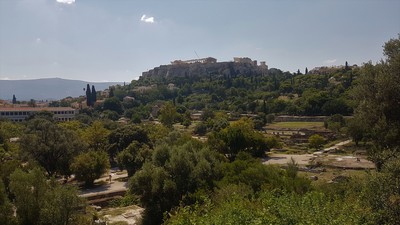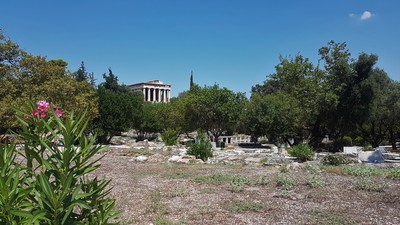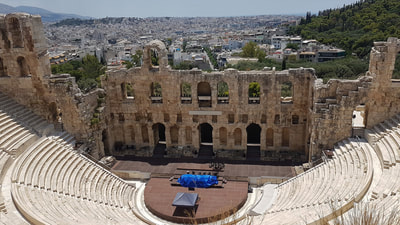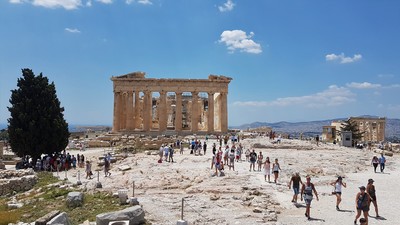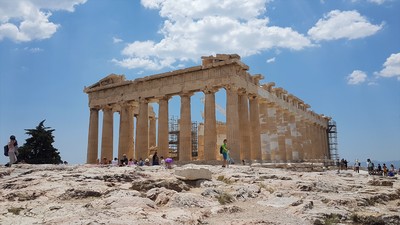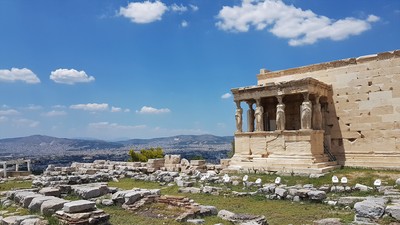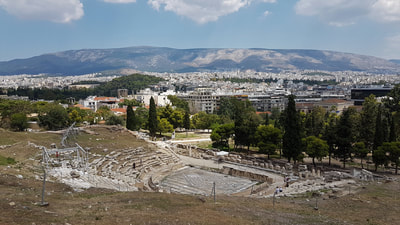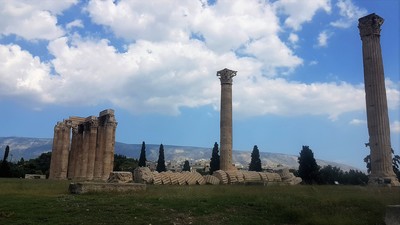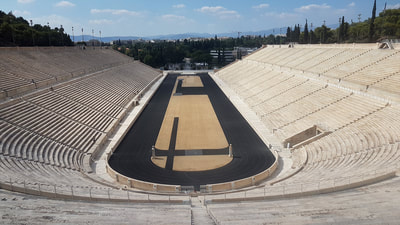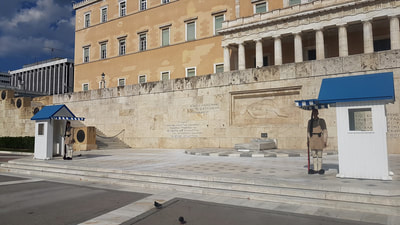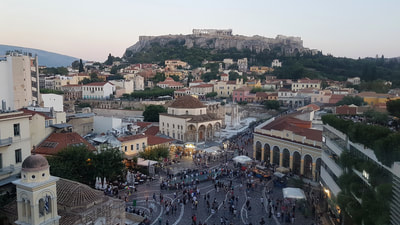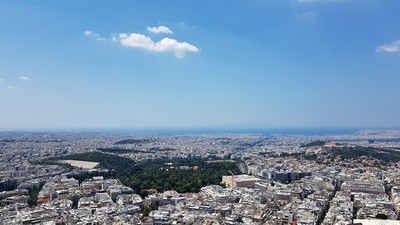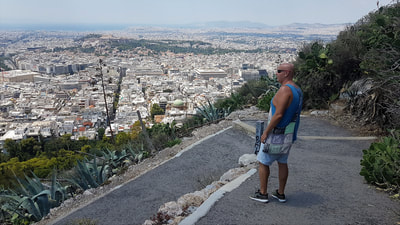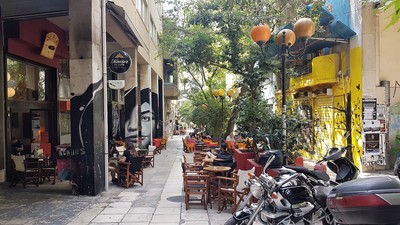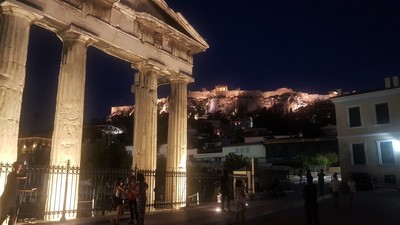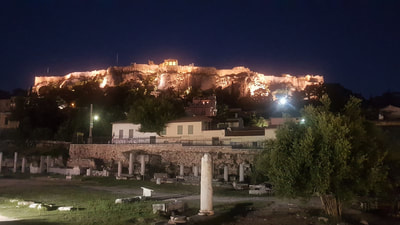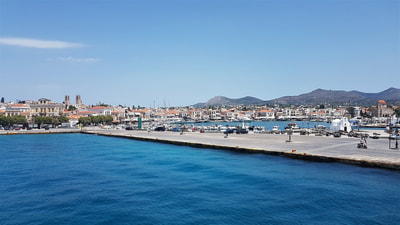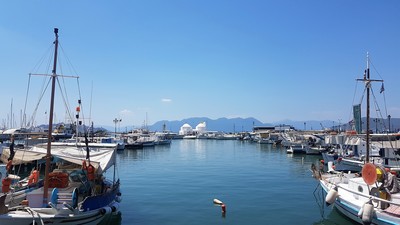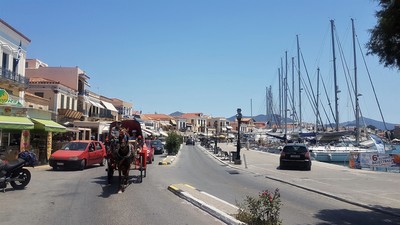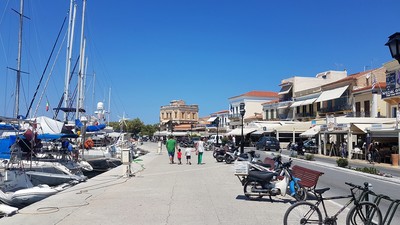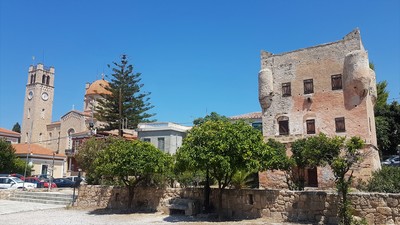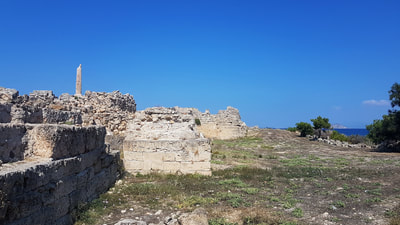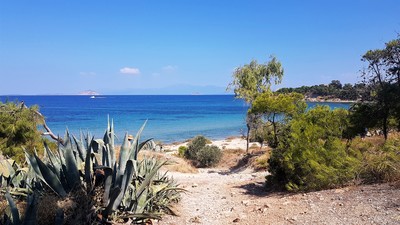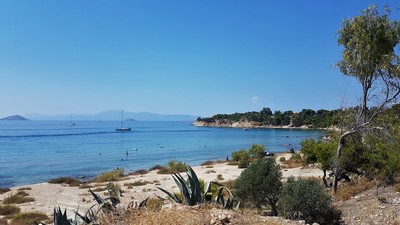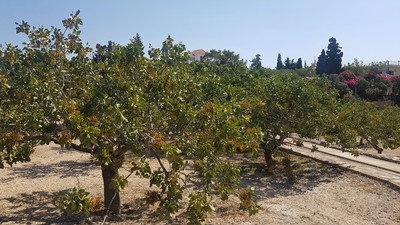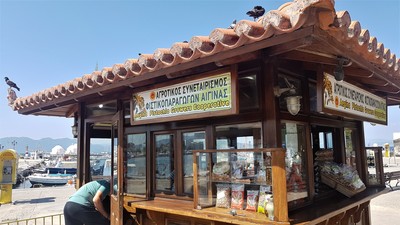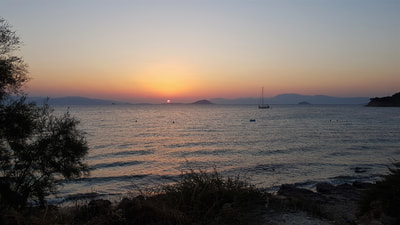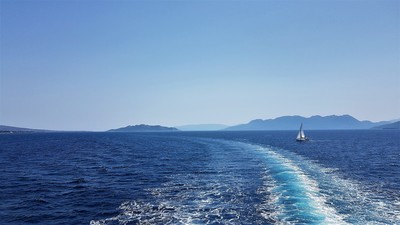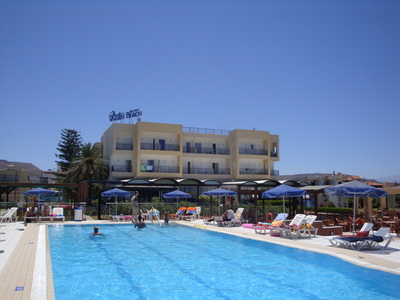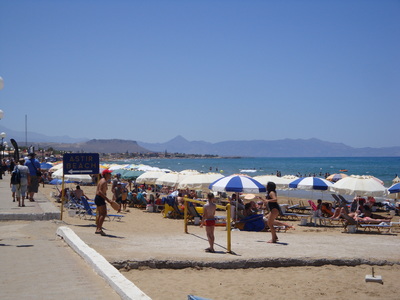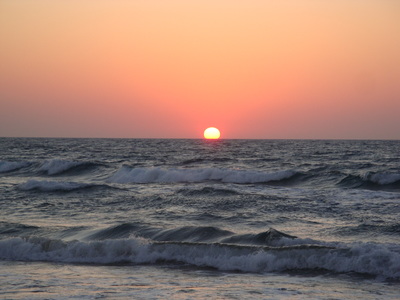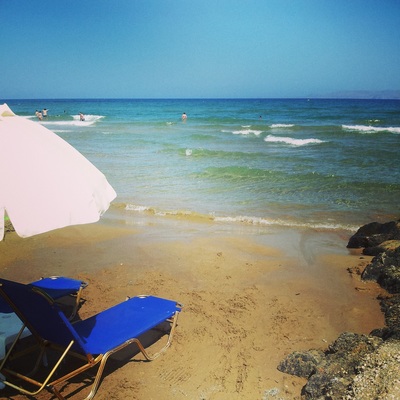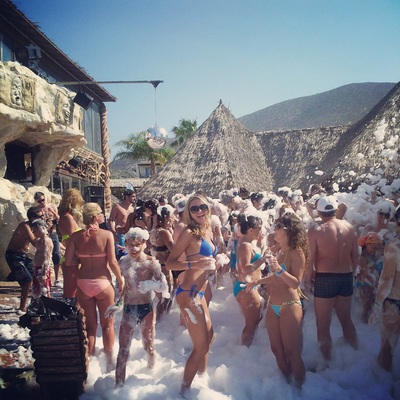|
One week on the island of Zakynthos (Zante). I stayed in Kalamaki on the bay of Laganas. I did an island tour to visit Zante town and the famous Navagio beach (with the shipwreck).
0 Comments
Mediterranean summer season comes to an end when I arrive on the Greek island of Rhodes. I visited the island before in 2019 and I knew the beach resort of Faliraki would be fine for a week of sunshine on the beach. This time I spend a day on a boat in the Faliraki bays as well.
When the ferry arrived on Kos island it was a short stroll to my hotel in Kos Town. Kos is the third largest island of the Dodecanese, after Rhodes and Karpathos. Tourism is the main industry nowadays, its beaches a primary attraction.
Kos Town however was founded in 366 BC and some archaeological sites are the prove of that. The ancient physican Hippocates is thought to have been born on Kos and in the center of Town there is a Plane Tree on where Hippocrates is supposed to have taught. Since then, Kos has been influenced by many cultures. In the 14th century Neratzia Castle was built by the Knights of Saint John. The last few years Kos island is one of the main arrival points in Greece for refugees coming over in small rubber boats from Turkye, 3 nautic miles away. During a long beachwalk around the northern Cape Skandari I noticed some life jackets and rubber boats from refugees arriving the night before. It was a sad contrast to the holidaymakers enjoying Lambi beach. After 3 nights in Kos I moved to Tigaki, a small beach resort town, to enjoy my last days of this trip on the beautiful white sand beach. Unfortunetly it rained and stormed on one of days (for the first time since six months). At least it added some water to the Aliki Salt Lake, where a few white flamingos where feeding themselves. My transfer from the island of Rhodes to the island of Kos was by ferry. On sundaymorning the ferry took off in the harbour of Rhodes Town and after an hour it made a stop at the island of Symi. Symi island is one of the gems of the Dodecanese island chain. It is mountainous and includes the harbour town of Symi and its adjacent upper town Ano Symi. The economy of Symi was traditinally based on shipbuilding and sponge industries. Nowadays tourism is the main industry and the island stands out for its beautiful architecture and colorful houses.
After 15 minutes in the harbour of Symi the ferry continued for another hour to the island of Kos. It was already late in the evening when I arrived on Rhodes, the largest of the Dodecanese islands of Greece. After Crete the island is the most visited destination in Greece. The island is at a crossroads between Europe, the Middle East and Africa.
The capital of the "island of the Knights" is Rhodes Town and it is located at the northern tip of the island. Rhodes Old Town itself is a main attraction. It is one of the best preserved and most extensive medieval towns in Europe. Medieval buildings mosques, Byzantine and Gothic churches are scattered throughout the Old Town within the city walls. Still 6000 people live and work in the same buildings the Knights of ST. John lived 6 centuries ago. Just outside the Old Town on the highest part of the city lies the Acropolis of Rhodes. There are still a few monuments to see like a stadium and a theatre. After spending 2 days in Rhodes Town I went to Faliraki for a few days. Faliraki is the primary seaside resort village of Rhodes. It has a 5 km stretch of sand and blue flag waters. As the beach is well-organised, there is no shortage of restaurants, shops, hotels and water sports activities along the main beach. At the south of the main beach, on the other side of the small harbour, there are two more bays/beaches that a bit less crowded (Kathara and Mandomata, the only legal nudist beach on the island). A rocky path over the hill leads to the Anthony Quinn Bay. This scenic spot has a small beach and is frequently visited by day-trippers. From Faliraki I returned to Rhodes Town for a night, to take the early morning ferry to Kos island the next day. The first time I visited Athens was in 1996 during a high-school trip. Now, after 22 years, I thought it was time for a new visit.
Athens was easy to get around because all the main historical city in the city are on walking distance. The first day we started our sightseeing at the Monastiraki square, at which we got our first glimp on the Acropolis hill. We climbed up and found a big queue at the ticket office at the entrance. Not wanting to wait for so long we descended to the foot of the Acropolis to buy a combination ticket at the less crowded Roman Agora. We continued our sightseeing at the Ancient Agora, a green space with a nice temple and again a good sight of the Acropolis. After lunch we were ready to head back up the hill to see the beautiful temples like the Parthenon and the Erechtheion. Temperatures were high and it felt like I have left a few litres of sweat at the hill. After about an hour we descended from the side of the Theatre of Dionysus. On this side we were close to the Temple of Olympian Zeus and the Panathinaiko Stadium, the stadium that housed the first modern Olympic Games of 1896. Through the National Gardens and Syntagma Square (Parliament) we returned to our hotel for a little rest. In the evening we enjoyed diner and view at the rooftop restaurant from the A-for-Athens hotel. Since we had visited the main sites on our first day, we we could go slow on the second day. We walked to the foot of the Lycabettus Hill to take a funicular railway to the top. From there we had an amazing view on the city with all the sites and the sea. We spend the afternoon having lunch and drinks in the Exarcheia neigbourhood. And in the evening I had diner at one off the many restaurants in Psyrri, the area that has some nice streetart as well. On our third day we took the metro to Piraeus harbour to get our ferry to the Greek island of Aegina. We got back to Athens after a few days to spend our last day in the city walking the streets around the Acropolis and visiting the Acropolis museum. A full week in Athens would be too much city life for me. Especially when the sea is near and there are so many Greek islands to stay. The small island of Aegina in the Saronic Gulf is the closest to Athens (27 kilometres). And the Flying Dolphin ferry took us in about 40 minutes from the Piraeus harbour to Aegina Town, the main port of the island.
Aegina is not a mass tourism island and the island grows some of the best pistachios of the world. We stayed a few days in a hotel on Kolona Bay, just a few hundreds of meters from the Aegina port. Kolona beach is separated from Aegina town by a archaeological site. For three days I spend my daytime at the beach followed by a walk into Aegina Town for diner and drinks on the waterfront. On the upper deck of the slow ferry (1h30) back to Athens I enjoyed my last views on Aegina. There is no guarantee of sun in Dutch summers. To be sure to absorb some vitamin D, I went to the Mediterranean island of Crete with a bunch of other Dutch solo travellers. There was no cultural sightseeing involved this week, I just enjoyed the sun and partied in the beach-town of Chersonisos (Star-beach).
|

